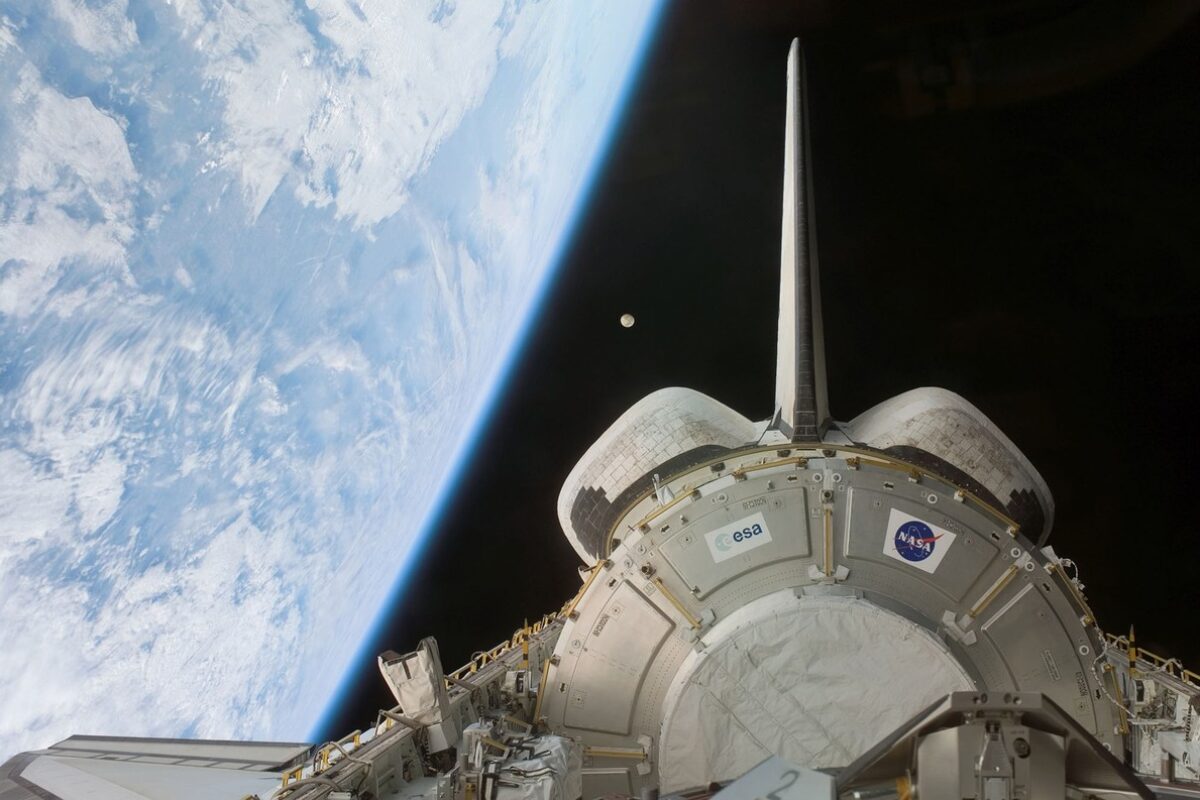The University of Texas at Austin is set to spearhead a groundbreaking research collaboration to advance the U.S. Air Force’s ability to understand and monitor activity in cislunar space. The project itself, officially named the "Representations, Theory, and Algorithms for Autonomous Space Domain Awareness in the Cislunar Regime," seeks to tackle the intricate complications of monitoring and controlling activities within the expansive region between Earth and the moon. This region, known as cislunar space, presents unique challenges due to the combined gravitational forces of the two celestial bodies.
A $4 million grant, awarded by the Create the Future Independent Research Effort (CFIRE) program and sponsored by the Air Force Office of Scientific Research (AFOSR), will support a multiyear initiative focused on meeting these challenges.
Cislunar space is swiftly becoming a nexus of geopolitical tension and business rivalry. In August, an Indian lunar rover touched down on the moon days after a Russian rover crashed into it. While the NASA-led Lunar Gateway program aims to build a multinational space station in orbit around the moon, China plans to establish a scientific research station on the moon’s south pole by 2029. In the private sector, companies such as SpaceX and Blue Origin are feverishly pursuing the popularization of space tourism. The anticipation of growing international collaborations, impending commercial endeavors, and the establishment of ethical frameworks such as the Artemis Accords collectively emphasize the importance of this vast region between Earth and the moon.
